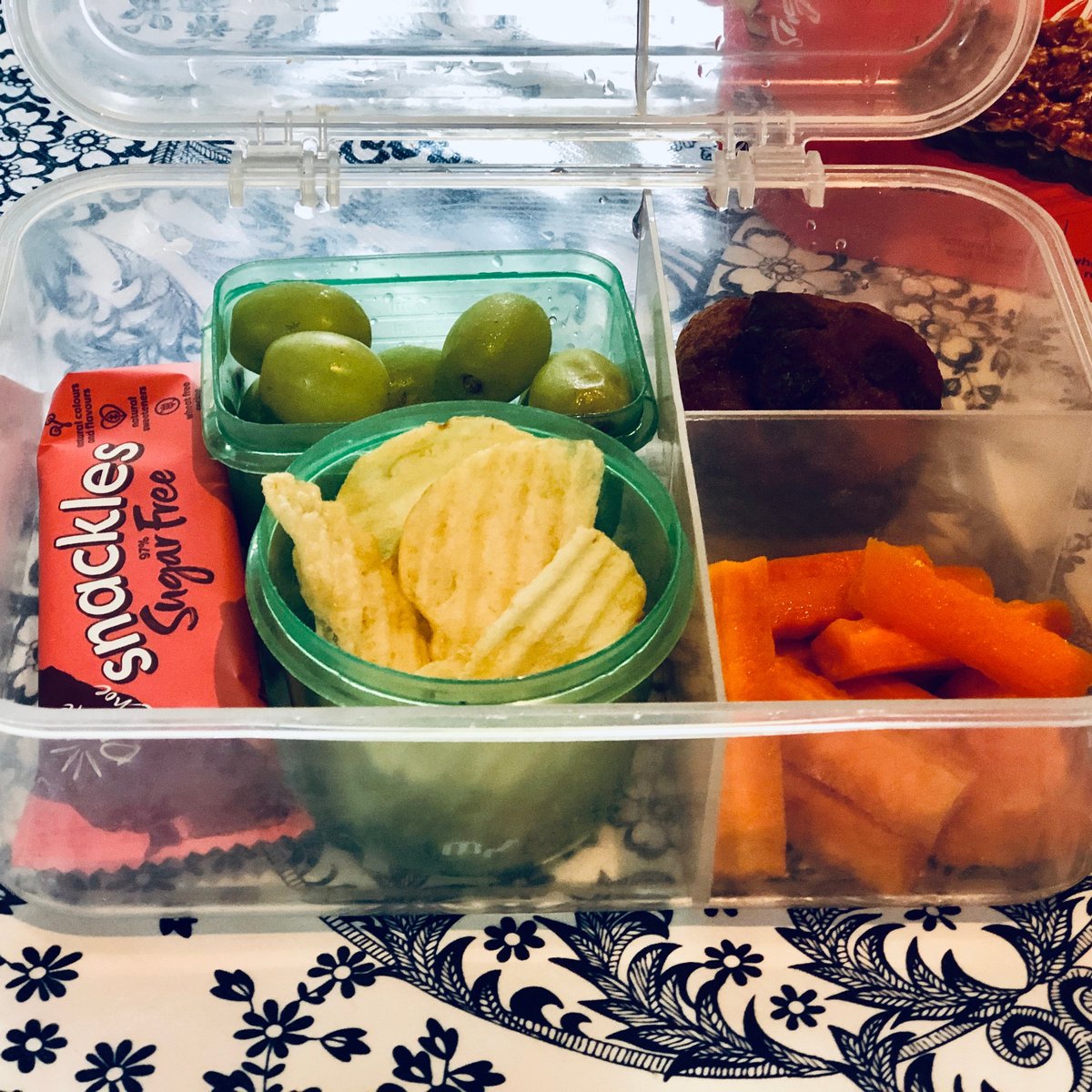

It’s 'the rustle' that usually alerts me that a pantry raid is afoot.
The sound of packets being rummaged through, snacks being sought, and yes, sugar being consumed.
As a mother of three kids who I am fairly sure have the same number of stomachs as your common dairy cow (four, if you’re curious), the struggle is real when it comes to feeding them, especially in the snack stakes.
Like most kids, they’re partial to the, ahem, occasional sugary treat. Occasional meaning any occasion they want, if they had the choice.
Like most parents, I try and keep an eye on how much of the sweet stuff they actually shove into their mouths and endeavour, on most days at least, for a balanced-ish approach.
Here are a few things I’ve learnt which have actually helped, and been doable, sustainable and not caused me to have a complete breakdown in the pantry due to their completely unrealistic nature:
1. Encourage balance, not perfection.
I (and they) are not perfect. Some days, I am the President of Smug Town, population: me, with their meticulously curated lunchboxes and nutritionally dense snacks. Other days, not so much.
This is why we aim for a ‘balanced-ish’ approach and not perfection. Now that my two older kids are school age, we talk a lot about the food we eat and how it makes us feel/whether it gives us plenty of energy or leaves us sluggish/how we feel after we’ve eaten it. I encourage the kids to take a realistic approach to what they choose to eat and what we put in their lunchboxes together.
That might mean swapping out that lamington for a piece of fruit but leaving the potato chips. Or choosing a lower sugar chocolate snack bar alongside a serving of carrot sticks and hummus.




